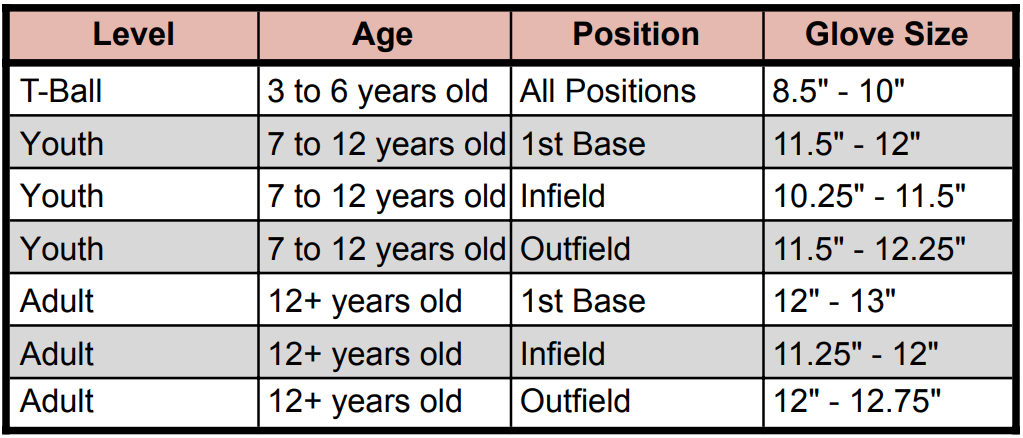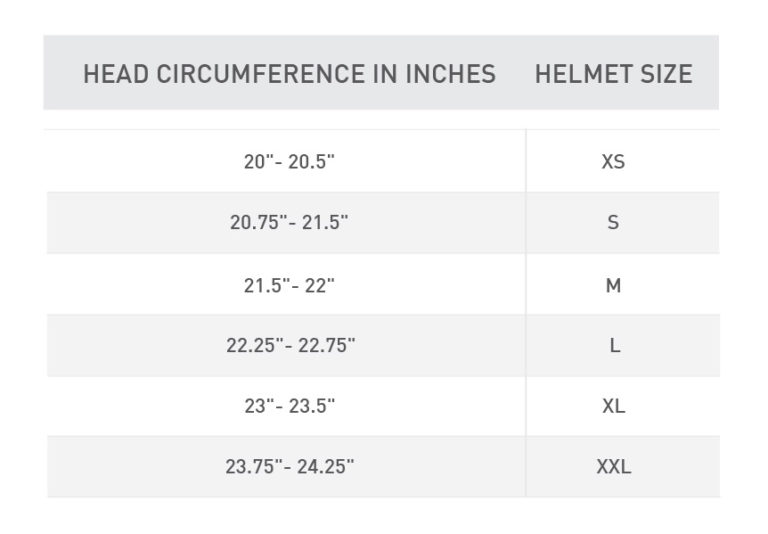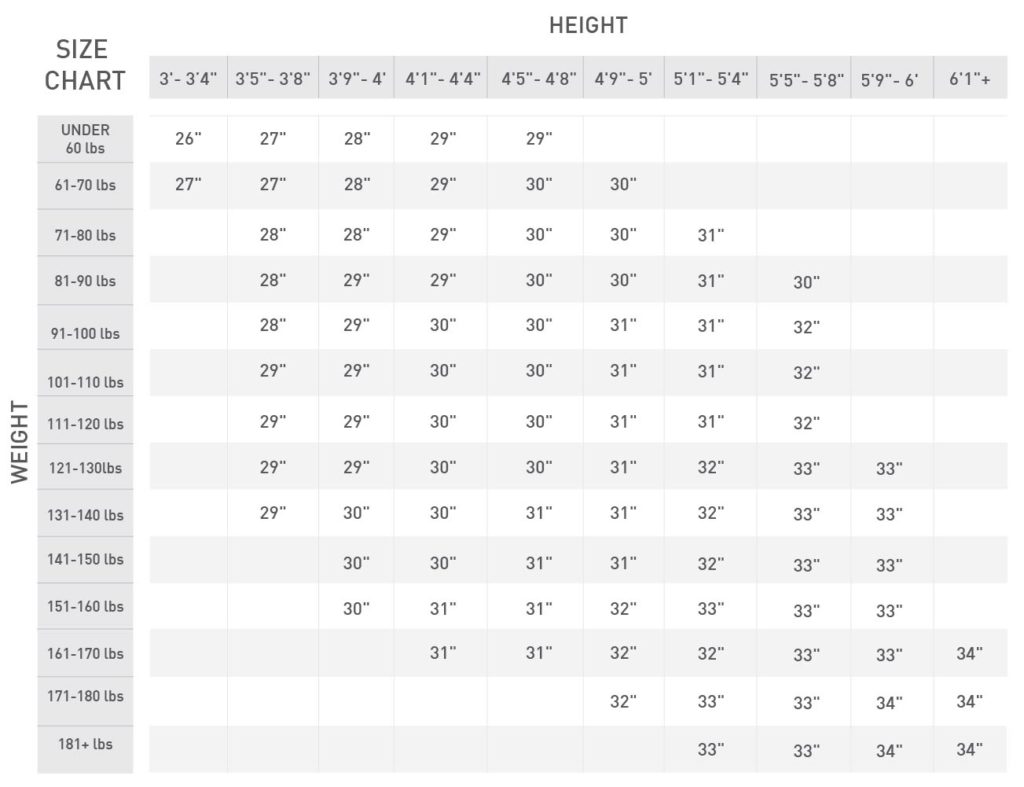FAQS:
What equipment does my player(s) need?
Compared to several other youth sports, baseball can require a lot of equipment. “What does my child need to play?” is a commonly asked question, not from parents just getting their players started, but also from those who see their child embracing the sport and wanting to supplement the basics as they progress through the age levels in baseball.
Here is some guidance as you prepare for the coming season and hopefully for a longer relationship with the great game of baseball!
What is included in the uniform?
Cascade Vista will provide each player a team jersey, and ballcap. While the ballcap is part of the uniform, it also has an important function, in that the brim was designed to help keep the sun out of fielders’ eyes! Hence, it’s important your player take care of their cap and have it with them at every practice and game. Writing your player’s name on the cap will help avoid the inevitable “Who has my hat?” that it all too commonplace at youth games.
Do they need baseball pants?
Baseball pants are preferred, though not necessarily required. Gray colored pants are preferred (red/navy socks and belt) for players. The goal is for the team to look as “uniform” as possible.
What other gear does my player(s) need for the season?
Baseball Glove:
Baseballs hitting the leather of baseball gloves is one of spring’s greatest sounds, whether it’s a team warming up for a game or practice, or just two people playing catch. Of course, in order to produce those sounds, you need the glove!
Some players will benefit from inheriting and hand-me-down from an elder sibling, saving them from having to “break-in” their main defensive tool, but in case you need to shop for a new glove, here’s a handy chart to help guide you toward the right fit.

With the right size in mind, have your player try different gloves to see which has their most-preferred feel. A player’s glove is a very personal item, and every player will have different preferences (including color!).
New gloves are generally very stiff and need to be broken-in. There is no shortage of instruction available on the internet for the breaking-in process. Find one that will work for you and get that glove ready for a catch! The more your player uses the glove, the more comfortable it will be for them to use.
Batting Helmet:
Just as you wouldn’t send a player to the field without their glove, no batter can go to the plate to hit without a batting helmet. In fact, Cascade Vista Baseball players are asked to wear their batting helmets any time they are engaged in hitting activities, even when hitting off a tee away from any other activity. Baserunners also must keep their protective head gear on while on the base paths.
Helmets can come with a variety of features, including faceguards, chin straps, and ear guards. Whether you purchase a helmet with any of those features is up to the individual.
As a piece of safety equipment, the most-important thing about choosing a helmet is assuring a proper fit. The chart below gives a generic guideline to head circumference translated to helmet sizes, but the best test comes when, once the helmet is on your players head (brim roughly parallel to the ground, about one inch above the eyebrows), give the helmet a light shake. If the helmet moves freely, you need either a smaller helmet or a padding kit (usually sold separately) to give a more-snug fit.
Baseball Bat
In 2018, PONY Baseball adopted USA Baseball’s bat standard for use in all leagues. In simple terms for parents, all this means is that any bat your player uses in Cascade Vista Baseball activities (that’s practices and games, of course) MUST carry the “USA Baseball” certification stamp. No bat without that stamp is eligible for use.
If you want more information about the bat standard, you can read about it on the PONY website.
Making sense of the numbers on a bat can be intimidating for a first-time buyer, but as with everything, there is plenty of information available on the internet to help you learn your way around bat sizes. The chart below will help give you an idea of the best bat length for your player. Generally, a properly sized bat will be about as long as the distance from the center of the player’s chest to their fingertips when their arm is extended away from the body, parallel to the ground.

Once you have the right bat length, you will narrow your choices by weight. For most youth players, you will look for a “drop-ten” bat, meaning that the number of ounces the bat weighs is ten fewer than the number of inches of bat length. i.e. A 28-inch drop-ten (usually denoted as “-10”) bat will weigh 18 ounces. Have your player hold the bat in one hand with both arm and bat parallel to the ground. If they cannot hold the bat for at least 30 seconds, the bat is likely too heavy.
Athletic Shoes Vs Baseball Cleats
At a minimum, your player will need athletic shoes to facilitate movement. However, it is recommended that your player wear baseball cleats to all practices and games. With our climate here in the Pacific Northwest, we can have inconsistent surfaces at our CVAC Fields. Cleats will give your player the best traction in the batter’s box and in the grassy outfields.
Baseball cleats differ from soccer cleats in that baseball cleats have a “toe cleat” at the very front of them that would be a hindrance in soccer. Soccer cleats can be used, especially at the lower levels, without issue, but if you are buying new, be sure to look specifically for baseball cleats.
Also, they should be plastic, not metal, cleats.
Catchers Gear
Cascade Vista Baseball will provide each team with a set of catchers gear starting with the Pinto division teams. As players progress in the sport, those who would like to focus on the catcher's position are encouraged to purchase their own gear but it is not required.
Additional Frequently Asked Questions
How long will the practices and games last?
Most, team events (games and practices) last about two hours. One of the great things about baseball is that it has no clock. That said, there are timing rules in place to cut games short if they reach the two-hour mark on weeknights or the two-and-a-half-hour mark on weekends.